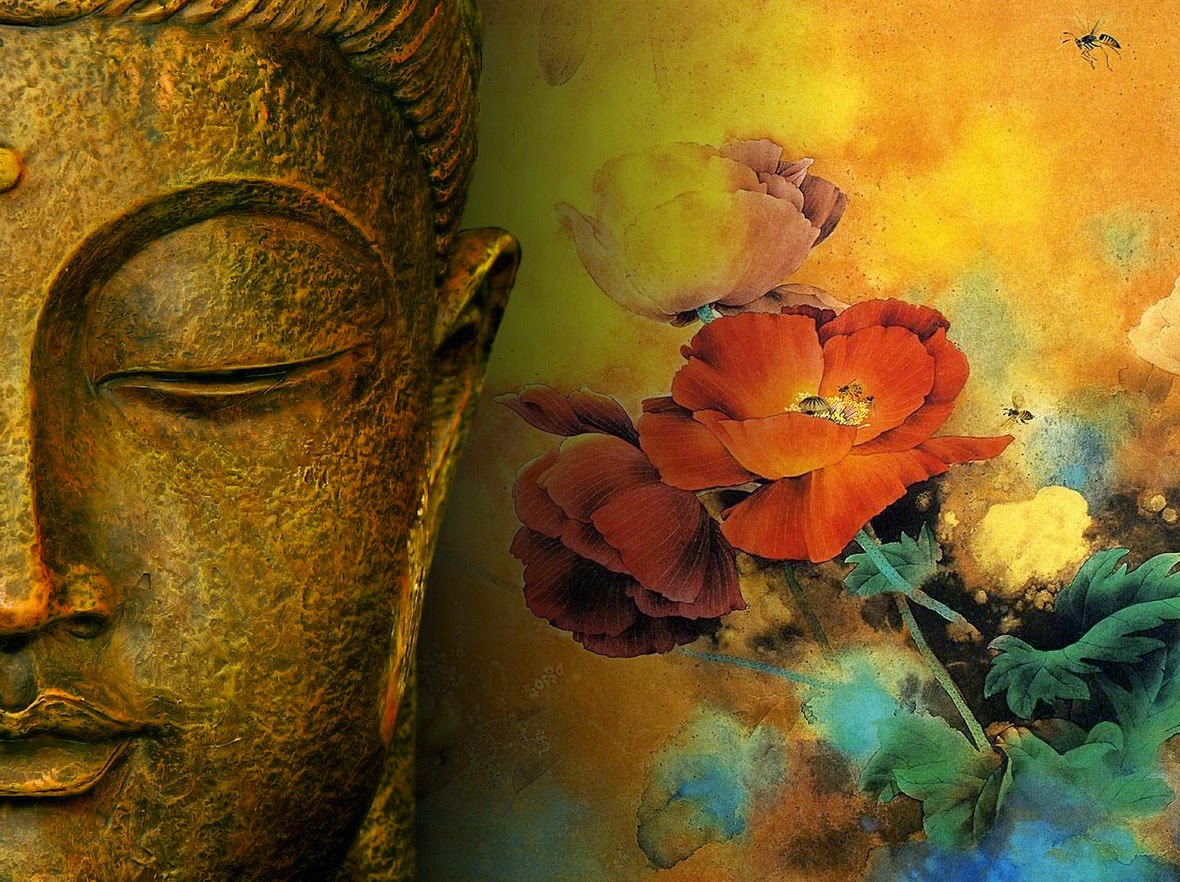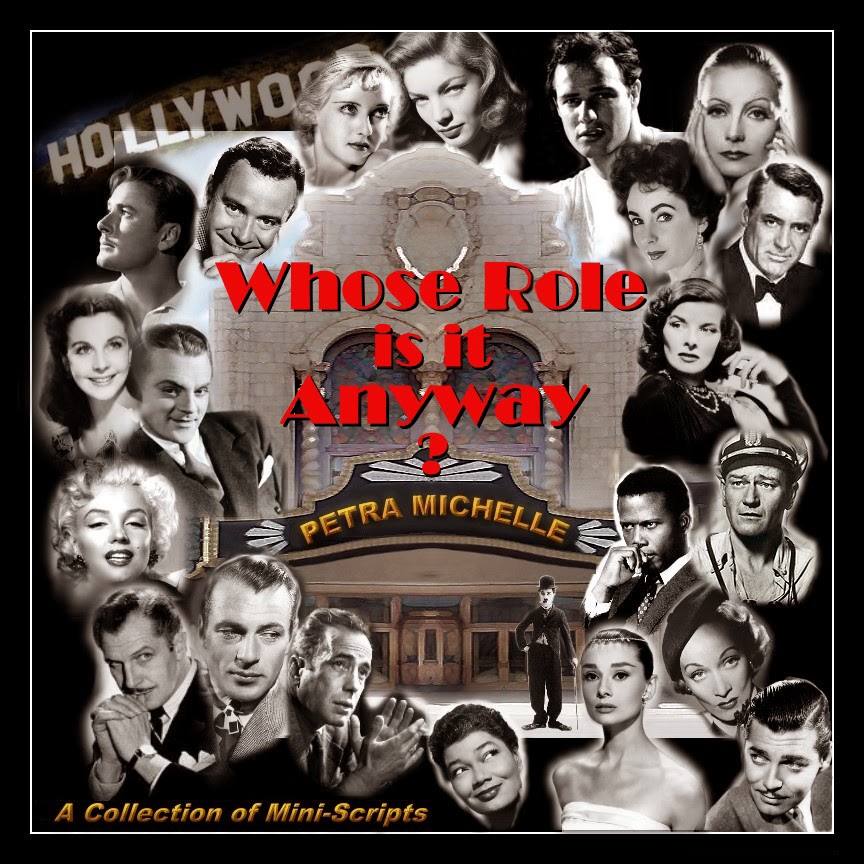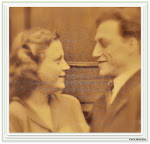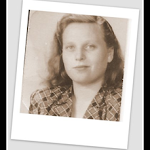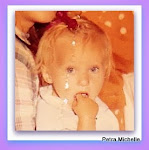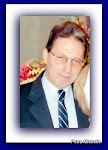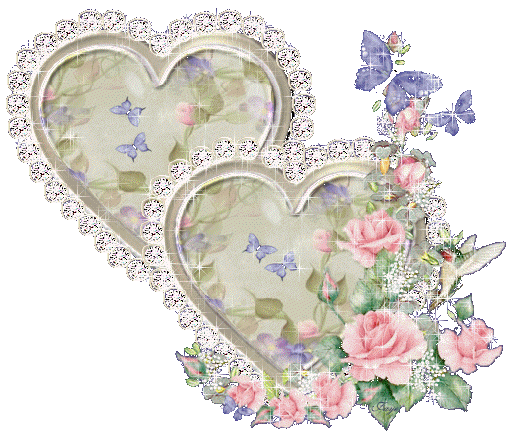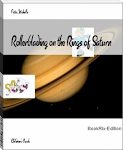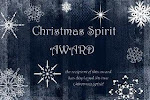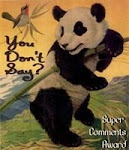Saturday, March 31, 2018
Wednesday, March 28, 2018
Tuesday, January 23, 2018
The Fantastic Ursula K. Le Guin (October 21, 1929 – January 22, 2018)
The literary mainstream once relegated her work to the margins. Then she transformed the mainstream. by Julie Phillips The New Yorker Magazine
https://www.newyorker.com/magazine/2016/10/17/the-fantastic-ursula-k-le-guin?mbid=social_twitter
Politics has been obsessing a lot of people lately, and Ursula K. Le Guin is far from immune to bouts of political anger. In an e-mail to me last winter, she wrote that she felt “eaten up” with frustration at the ongoing occupation of an eastern Oregon wildlife refuge by an armed band of antigovernment agitators led by the brothers Ammon and Ryan Bundy. She was distressed by the damage they had done to scientific programs and to historical artifacts belonging to the local Paiute tribe, and critical of the F.B.I. for being so slow to remove these “hairy gunslinging fake cowboys” from public property. She had been mildly cheered up, she added, by following a Twitter feed with the hashtag #BundyEroticFanFic.
https://www.newyorker.com/magazine/2016/10/17/the-fantastic-ursula-k-le-guin?mbid=social_twitter
Politics has been obsessing a lot of people lately, and Ursula K. Le Guin is far from immune to bouts of political anger. In an e-mail to me last winter, she wrote that she felt “eaten up” with frustration at the ongoing occupation of an eastern Oregon wildlife refuge by an armed band of antigovernment agitators led by the brothers Ammon and Ryan Bundy. She was distressed by the damage they had done to scientific programs and to historical artifacts belonging to the local Paiute tribe, and critical of the F.B.I. for being so slow to remove these “hairy gunslinging fake cowboys” from public property. She had been mildly cheered up, she added, by following a Twitter feed with the hashtag #BundyEroticFanFic.
The high desert of eastern Oregon is one of Le Guin’s places. She often goes there in the summer with her husband, Charles, a professor emeritus of history at Portland State University, to a ranch on the stony ridge of Steens Mountain, overlooking the refuge. She has led writing workshops at the Malheur Field Station, a group of weather-beaten buildings used mainly by biologists and birders, and published a book of poems and sketches of the area, with photographs by Roger Dorband, called “Out Here.” She likes the awareness the desert gives her of distance, emptiness, and geological time. In a poem, “A Meditation in the Desert,” she imagines a stone being “full / of slower, longer thoughts than mind can have.”
She has roots in eastern Oregon that go back to the early days of white settlement. Not long ago, she told me excitedly that she’d rediscovered records in the attic of her grandmother’s childhood: “My great-grandfather, with my grandmother age eleven, moved from California to Oregon in 1873. . . . They drove three hundred and fifty head of cattle up through Nevada and built a stone house on the back side of Steens Mountain. I don’t think he made a claim; there was nowhere to make it. He was one of the very first ranchers in what is still very desolate country.” The family stayed there for five years before they moved on, in search of new grass or less isolation—her grandmother didn’t say. The story gives hints of what Le Guin already knew: that the empty spaces of America have a past, and that loneliness and loss are mixed up with the glory.
The history of America is one of conflicting fantasies: clashes over what stories are told and who gets to tell them. If the Bundy brothers were in love with one side of the American dream—stories of wars fought and won, land taken and tamed—Le Guin has spent a career exploring another, distinctly less triumphalist side. She sees herself as a Western writer, though her work has had a wide range of settings, from the Oregon coast to an anarchist utopia and a California that exists in the future but resembles the past. Keeping an ambivalent distance from the centers of literary power, she makes room in her work for other voices. She has always defended the fantastic, by which she means not formulaic fantasy or “McMagic” but the imagination as a subversive force. “Imagination, working at full strength, can shake us out of our fatal, adoring self-absorption,” she has written, “and make us look up and see—with terror or with relief—that the world does not in fact belong to us at all.”
When I met Le Guin at her house in Portland this summer, she was in a happier mood. Coming out onto the back porch, where I was sitting with Charles in the late-afternoon sun, to offer us a bourbon-and-ice, she was positively cheerful, her deeply lined, expressive face bright under a cap of short white hair, her low, warm woodwind voice rising into an easy laugh. The bourbon is part of the couple’s evening ritual: when they don’t have company, they have a drink before dinner and take turns reading to each other. On the hillside below us, two scrub jays traded remarks through the trees.
The cheerfulness was relative, she told me: it was partly because a conference call set for earlier that day, with the fantasy writer Neil Gaiman and some film people who had a project to propose, had been postponed, leaving her with enough energy for a conversation. Her back is bent now with age—she’ll be eighty-seven this month—and she has to be careful with a resource she once had in abundance. “My stamina gives out so damn fast these days,” she said.
The house where Le Guin has lived for more than fifty years has, in certain respects, come to resemble its owner. Past the barriers at the entrance—Charles’s menacingly thorny roses, the lion’s-head knocker that guards the door—the dark-panelled Craftsman living room, with its Victorian feel, might stand for her books set in Europe, or for the great nineteenth-century novels she has always loved, with their warmth, humanity, and moral concern. The front hall is surveyed by a row of British Museum reproductions of the Lewis chessmen, souvenirs of the Le Guins’ two sabbatical years in London, when their three children were small. Some of her awards are in the attic, but she keeps several, notably her first Hugo, from 1970, discreetly displayed in the hall on the way to the kitchen. A place of honor at the right of the fireplace is given to a portrait of Virginia Woolf, a hand-colored print that is a treasured gift from a writer friend.
Later, I went with her into the kitchen, where it’s easy to end up in the Le Guin household. It’s a homey room with white appliances, cream cabinets, and no sign of steel or marble, as indifferent to fashion as its owners. Le Guin dresses well, but casually, favoring T-shirts, and wears little jewelry, though occasionally she puts on earrings fastened with clips or magnets. “You put the stone in front and a tiny magnet behind your earlobe,” she explains. “The trouble is that if you bend down near the stove, for instance, all of a sudden your earrings go wham!—and hit the stove. It’s kind of exciting.”
Europe ends and the West begins outside the windows, on the back porch, with its view stretching over the Willamette River, past the city, to three volcanoes of the Cascade Range: the white peak of Mt. Adams, distant Mt. Rainier, and the sullen ash heap of Mt. St. Helens. The span of it evokes the feeling of distance and isolation that runs through her work, and the awareness, more often found in science than in fiction, that what we can comprehend is a small part of everything there is to know. Imaginative literature, she has written, asks us “to allow that our perception of reality may be incomplete, our interpretation of it arbitrary or mistaken.” Michael Chabon, a friend and admirer, sees her as “untiringly opening her work up to a perspective, to a nature that feels somehow beyond human, and yet fully human and recognizable. She gives us a view from the other side.”
To talk to Le Guin is to encounter alternatives. At her house, the writer is present, but so is Le Guin the mother of three, the faculty wife: the woman writing fantasy in tandem with her daily life. I asked her recently about a particularly violent story that she wrote in her early thirties, in two days, while organizing a fifth-birthday party for her elder daughter. “It’s funny how you can live on several planes, isn’t it?” she said. She resists attempts to separate her more mainstream work from her science fiction. She is a genre author who is also a literary author, not one or the other but indivisibly both.
Le Guin can be polemical, prone to what one close friend calls “tirades” on questions she feels strongly about. I once watched her participate in a panel discussion on gender and literature at WisCon, an annual gathering of feminist science-fiction writers, readers, and academics in Madison, Wisconsin. Scowling like a snapping turtle, she sat waiting for illogical remarks, which she then gently but firmly tore to bits. Yet a conversation with Le Guin is often full of comic asides, laughter, and—a particularly Le Guin trait—good-natured snorts. Humor seems to be her way of taking the edge off the polemic, as well as an introvert’s channel of communication. Behind even the lightest remarks, one is aware of a keen intelligence and a lifetime of thought, held back for the purposes of casual conversation.
She has never felt at home temperamentally with establishments of any kind. But now she finds the establishment wanting to hear what she has to say. Her criticism of the economics of publishing—objections to Amazon, a fight with Google over its digitization of copyrighted books—is widely reported in the news. Earlier this year, a Kickstarter campaign for a documentary about Le Guin, by the filmmaker Arwen Curry, raised more than two hundred thousand dollars, nearly three times the requested amount. In 2000, the Library of Congress declared her a “living legend,” a designation that has made its way into many introductions to her readings. Last month, her “Orsinian Tales” and the novel “Malafrena” appeared as a volume in the Library of America. (She and Philip Roth are the only living novelists included in the series.) “I am getting really sick of being referred to as ‘the legendary,’ ” she protests, laughing. “I’m right here. I have gravity. A body and all that.”
In the late nineteen-thirties, in a tall house in Berkeley, California, a girl climbs out the attic window onto the roof in search of solitude. If she scrambles far enough up the redwood shingles, she can reach her own Mt. Olympus, the roof’s peak. From here, she can gaze out over the rough blue of the bay to the city of San Francisco, row upon row of white houses climbing the hills above the water. The city is strange to her—she rarely ventures so far from home—but the view is hers, and splendid. Beyond it she knows there are islands with a magical name: the Farallons. She imagines them as “the loneliest place, the farthest west you could go.
Meanwhile, inside the house, the girl’s father is at work, thinking about myths, magic, songs, cultural patterns—the proper territory of a professor of anthropology. From him she will take a model for creative work in the midst of a rich family life, as well as the belief that the real room of one’s own is in the writer’s mind. Years later, she tells a friend that if she ended up writing about wizards “perhaps it’s because I grew up with one.”
Meanwhile, inside the house, the girl’s father is at work, thinking about myths, magic, songs, cultural patterns—the proper territory of a professor of anthropology. From him she will take a model for creative work in the midst of a rich family life, as well as the belief that the real room of one’s own is in the writer’s mind. Years later, she tells a friend that if she ended up writing about wizards “perhaps it’s because I grew up with one.”
Ursula Kroeber was born in Berkeley, in 1929, into a family busy with the reading, recording, telling, and inventing of stories. She grew up listening to her aunt Betsy’s memories of a pioneer childhood and to California Indian legends retold by her father. One legend of the Yurok people says that, far out in the Pacific Ocean but not farther than a canoe can paddle, the rim of the sky makes waves by beating on the surface of the water. On every twelfth upswing, the sky moves a little more slowly, so that a skilled navigator has enough time to slip beneath its rim, reach the outer ocean, and dance all night on the shore of another world.
Ursula absorbed these stories, together with the books she read: children’s classics, Norse myths, Irish folktales, the Iliad. In her father’s library, she discovered Romantic poetry and Eastern philosophy, especially the Tao Te Ching. She and her brother Karl supplemented these with science-fiction magazines. With Karl, the closest to her in age of her three brothers, she played King Arthur’s knights, in armor made of cardboard boxes. The two also made up tales of political intrigue and exploration set in a stuffed-toy world called the Animal Kingdom. This storytelling later gave her a feeling of kinship with the Brontës, whose Gondal and Angria, she says, were “the ‘genius version’ of what Karl and I did.”
Her father was Alfred L. Kroeber, one of the most influential cultural anthropologists of the past century. A New Yorker from a prosperous German immigrant family, he went west in 1900, when he was twenty-four, and did field work among the Indians of Northern California. Throughout his career, he learned about cultures that were rapidly being transformed or destroyed from men and women who were among the last survivors of their people. At a time when the dominant story of America was one of European conquest, Ursula was aware, through her father and his Indian friends who came to the house, that there were other stories to tell and other judgments that might be made.
Ursula’s mother was Theodora Kracaw Kroeber, born in Denver in 1897 and raised in the mining town of Telluride. A friend of Le Guin’s recalls seeing her, at the house in Berkeley, “coming down the long staircase, a majestic-looking woman with a long gown and a great big Indian silver and turquoise necklace. She was very stately.” Theodora took to writing in her late fifties, and produced “Ishi in Two Worlds,” a nonfiction account of the last survivor of the Yahi people. Le Guin loved her mother and admired her psychological gifts. But she says that their relationship also contained “something darker and stranger” that she has never quite understood. “We were very lucky, because we never had to act that out. But if I see daughters and mothers act it out toward each other it doesn’t shock me or surprise me. It’s there.”
The Kroeber household was full of voices as well as stories. Alfred liked to pose philosophical questions or puzzles over the dinner table and ask his four children about anything that interested them. The kids were encouraged to take an active part in the conversation, but, as the little sister, Ursula rarely got a word in: “There were too many people, and I was outshouted by everybody else.” Learning how to be heard taught her persistence and gave her a tendency to appear fiercer than she is. “People think I mean everything I say and am full of conviction, often, when I’m actually just floating balloons and ready for a discussion or argument or further pursuit of the subject. It’s my fault—I speak so passionately. Probably because, as the youngest and shrillest child of an extraordinarily articulate and passionate family, I could only be heard by charging over the top, shouting, ‘Marchons, marchons! Qu’un sang impur abreuve nos sillons!’ every time I entertained a passing opinion.”
Le Guin’s work combines a Berkeleyite’s love of alternative thought with a strong scientific bent that she sees as an inheritance from her father. In her fiction, she has tried to balance the analytical and the intuitive. “Both directions strike me as becoming more and more sterile the farther you follow them,” she says. “It’s when they can combine that you get something fertile and living and leading forward. Mysticism—which is a word my father held in contempt, basically—and scientific factualism, need for evidence, and so on . . . I do try to juggle them, quite consciously.”
If it was difficult to be the youngest and most precocious of the Kroeber children, leaving the house to enter the world made Ursula feel like “an exile in a Siberia of adolescent social mores.” In the fall of 1944, at fourteen, small for her age, disguised in the sweater, skirt, and loafers of a “bobby-soxer” (a term that still makes her shudder), she began her first year at Berkeley High School, a huge, impersonal institution where popularity mattered more than learning, and fitting in was the ideal. When Le Guin speaks of her teen-age years, she speaks of loneliness, confusion, and the pain of being among people who have no use for one’s gifts. “You’re just dropped into this dreadful place, and there are no explanations why and no directions what to do.”
She found a refuge in the public library, reading Austen and the Brontës, Turgenev and Shelley. In fiction, she could satisfy her deep romantic streak: she fell in love with Prince Andrei in “War and Peace” and once, at thirteen, defaced a library book by cutting out a still of Laurence Olivier’s Mr. Darcy and taking it home to look at in private, guilty rapture. From Thomas Hardy she learned to handle strong feelings in fiction by pouring them into landscapes, letting the settings carry part of the emotional charge. “There’s a patronizing word for that: the ‘pathetic fallacy,’ ” she says. “It’s not a fallacy; it’s art.”
As a child, she was painfully shy, and she still alludes to anxieties that she keeps hidden from the world. I caught a glimpse of that when she asked me, cautiously, “Wouldn’t you say that anybody who thought as much about balance as I do in my work probably felt some threat to their balance?” After a long pause, she added, “Of course all adolescents are out of balance, and very aware of it. To become adult can certainly feel like walking a high wire, can’t it? If my foot slips, I’m gone. I’m dead.”
Equilibrium is a central metaphor in Le Guin’s great works about adolescence, the six-volume Earthsea series, which began in 1968 with “A Wizard of Earthsea.” That book follows Ged, a lonely teen-ager with a gift for magic, who at wizards’ school learns a painful lesson in achieving balance rather than forcing change. There’s little resemblance between the school on Roke Island, with its Taoist magic (a mage is taught to “do by not doing”), and Harry Potter’s Hogwarts. There is some resemblance between Ged, the provincial boy with a chip on his shoulder, and Ursula Kroeber, the Californian in jeans arriving at Radcliffe College in 1947, all books and opinions, never before out of her home state, eager to prove herself as a poet. Her Radcliffe friend Jean Taylor Kroeber, who became her sister-in-law, recalls that, before she and Ursula bonded over Russian literature, jokes, and music, she found her “a little frightening. It’s not that she meant to be, but that’s the way it came across . . . that there was a good chance that she was ahead of you, in wherever the conversation was going. And one rather brief acute remark could set you back on your heels.”
Ursula had her first clash with the literary establishment when she and a friend signed up to read submissions for a new Radcliffe literary magazine, Signature. Rona Jaffe worked on the magazine, and its undergraduate contributors included Edward Gorey, Harold Brodkey, and Adrienne Rich, whose poem “Storm Warnings” was published there. The magazine accepted nothing of Ursula’s, and she found those fellow-students “cliquish and unfriendly”: “Their comments on what we submitted ourselves, even the comments on our comments, were often remarkably savage and dismissive. We got out again and gratefully went back to our invisibility.” When Rich won the Yale Younger Poets Prize in her senior year, Le Guin, still unpublished, felt pangs of envy.
On top of that, Radcliffe women were given a double message, receiving an excellent education while knowing, in Rich’s words, that “the real power (and money) were invested in Harvard’s institutions, from which we were excluded.” Though Radcliffe has long since become part of Harvard, Cambridge remains a place of mixed emotions for Le Guin. She has told me both that her college years were wonderful and that she has come to dislike the institution; the two emotions shadow each other. Her senior year was marred by a handsome and arrogant Harvard student, an accidental pregnancy, a broken heart, and an illegal abortion. “I’m often startled at the depth of my anger at Harvard,” she told me. “I know some of the reasons for it, but it wouldn’t be so immediate and uncontrollable if it were accessible to reason. I did get a splendid education there—there was wonderful Widener, the Fogg, the elmy campus, which I remember fondly. But the anger’s there like a mine, ready to go off at a quiver of the ground.”
On top of that, Radcliffe women were given a double message, receiving an excellent education while knowing, in Rich’s words, that “the real power (and money) were invested in Harvard’s institutions, from which we were excluded.” Though Radcliffe has long since become part of Harvard, Cambridge remains a place of mixed emotions for Le Guin. She has told me both that her college years were wonderful and that she has come to dislike the institution; the two emotions shadow each other. Her senior year was marred by a handsome and arrogant Harvard student, an accidental pregnancy, a broken heart, and an illegal abortion. “I’m often startled at the depth of my anger at Harvard,” she told me. “I know some of the reasons for it, but it wouldn’t be so immediate and uncontrollable if it were accessible to reason. I did get a splendid education there—there was wonderful Widener, the Fogg, the elmy campus, which I remember fondly. But the anger’s there like a mine, ready to go off at a quiver of the ground.”
Le Guin graduated from Radcliffe with a degree in French, in 1951. Over the decade that followed, she wrote poems, short stories, and at least four novels. She submitted them to publishers; they came back with encouraging rejections. She felt her way tentatively forward, unsure of her direction, lacking models. American literature was still under the spell of Hemingway, Faulkner, Richard Wright; realism held sway, and there was little interest in play or fantasy. “I was going in another
Please refer to url at top of page for the rest of this wonderful story...
Sunday, January 14, 2018
Wednesday, January 10, 2018
Moody Blues Ray Thomas ': 12 essential moments from the last legend
https://www.billboard.com/articles/columns/rock/8093245/moody-blues-ray-thomas-12-best-moments
The Moody Blues' Ray Thomas passed away January 4, 2018.
He will be dearly missed by his devoted followers and fans.
Billboard's 12 Essential Moments From the Late Legend, Ray Thomas
Monday, January 1, 2018
Subscribe to:
Posts (Atom)


